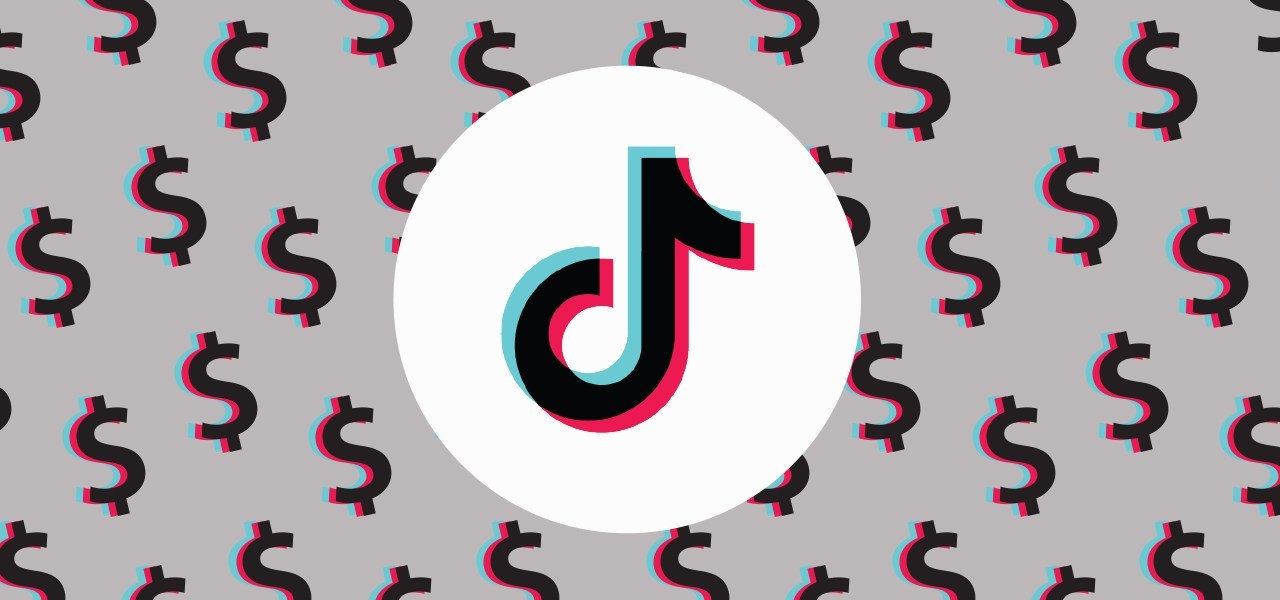Retailers are increasingly uncomfortable with employee influencers

Some retailers have found themselves flummoxed by TikTok.
The most recent example came in the form of a firing. Paint retailer Sherwin-Williams recently let go of a sales associate named Tony Piloseno — after his TikTok posts featuring the company went viral. But Sherwin-Williams isn’t the only corporation to respond to viral TikToks with swift terminations: workers have claimed that Best Buy, Chick-Fil-A and even the Fresno Yosemite International Airport let them go after they posted TikToks from their workplace. One Chick-Fil-A employee had been sharing drink hacks — dishing out tips on what drinks and drink sizes to buy in order to maximize the additives — before the company fired them.
These terminations highlight the awkward relationship between retailers and a rising crop of employee influencers. Some companies like Dunkin’ have started encouraging and compensating their low-level workers to post behind-the-scenes snippets to TikTok. Meanwhile other retailers seem terrified to have employees representing them online — and might make themselves look worse in the process.
“Firing employees for having harmless fun for me is an unforced error,” said Patrick Thelen, a public relations professor at San Diego State University.
Thelen researches a phenomenon called “employee advocacy” or “employee influencing,” in which workers — sometimes organically, but more often through corporate encouragement — offer mostly positive “inside looks” into the companies at which they work. They simultaneously promote certain company products and, most importantly, broadcast a healthy work culture.
Yet the intimacy of TikTok has let employee influencers bring their workplaces to life in new ways. Scrolling through TikTok, a user’s “For You” page might populate with a slew of videos of fast-food employees grilling hamburgers or Amazon packers boxing up online orders. That same intimacy shows up in Piloseno’s videos. He went viral for a series of paint-mixing videos that featured Sherwin-Williams products. In one video — that was liked over 1.3 million times — Piloseno crushed blueberries into a white paint canister to the tune of the song “Blueberry Faygo.” Piloseno operated his account independent of Sherwin-Williams, but he did it, he told BuzzFeed News, because he “loved” his job.
In Thelen’s opinion, Pilosen is a perfect example of what employee advocacy can be (although Pilosen was not part of a formal program). “The only reason employee advocacy is relevant these days is people trust people — people trust employees. People don’t trust companies,” he said. Authenticity is key: “The more you try to force this, the worse it is.”
Corporations have had a decade to sort out their rules about social media, but those questions have taken on new complexities on TikTok, according to marketing consultant Chantelle Marcelle. “I think TikTok has brought us into new territory. It’s a lot easier for people to go viral on TikTok, as opposed to other platforms where you have to have thousands and thousands of followers,” said Marcelle. “The TikTok algorithm is designed to give all of its users a lot more reach — whether or not they have thousands and thousands of followers.” That means a single paint-mixing post is much more likely to ricochet across the world on TikTok than on any other platform.
In the early days of Twitter and Facebook, similar controversies bubbled up, but they mostly focused on companies firing employees who took to social media to criticize their managers. That led the National Labor Relations Board to step in at the end of 2010, declaring that worker protections extend to social media — which meant that workers couldn’t lose their jobs merely for criticizing their managers. In the wake of that decision, in order to avoid controversy, many companies adopted policies that discouraged employees from posting about their jobs at all.
Those policies often remain on the books. Pamela Lirio, a professor of human resource management at the University of Montreal pointed out that Sherwin-Williams, for one, has only a blanket statement that governs its approach to all platforms. In its employees handbook, after noting that only authorized speakers can communicate with the public, the company writes, “All Company policies and practices […] apply to the use of social networking media.” That all-or-nothing restriction on social media might have made sense a few years back. But as young generations stream into the workforce, it feels futile to enforce. “Employees are human, and social media is such a huge part of our lives now,” Marcelle said. “I think to just ignore it is strange.”
These recent headlines may change the way other businesses handle employee social media accounts. “[Companies] should create at a minimum a task force to start looking at this issue of ambassadorship and invite different voices into it, which means inviting employees like that, inviting the HR and marketing people and the top management,” said Lirio.
The challenge, however, is for companies to let employee content rise to the surface organically. Asserting too much control over employee posts can defeat the purpose of employee advocacy. “You can kind of feel when something is authentic, like coming from the actual person’s experience, versus groomed,” said Lirio.
